Craig Barrow & Regina Harsanyi
How do you design an exhibition of digital art? What unique challenges and opportunities do different forms of new media present?

Years before the advent of Ethereum and NFTs, a handful of artists were already exploring the possibilities of Bitcoin for making and distributing work. Notable among them—and still prominent in the field today—are Kevin and Jennifer McCoy, a husband-and-wife duo, and Rhea Myers. In 2014, at the Rhizome Seven on Seven conference in New York, Kevin and his collaborator Anil Dash presented Monegraph (short for “monetized graphics”): a platform that would allow users to register ownership of digital assets via the Namecoin fork of Bitcoin. They demonstrated the system by minting one of Jennifer’s digital artworks. Around the same time, Myers was developing her first conceptual art projects probing the philosophical implications of different aspects of blockchain technology. In this conversation for Outland, the three artists reflect on this early period of their engagement with crypto—and discuss why the recent development of Ordinals, which allow data such as art to be inscribed directly onto the Bitcoin blockchain, might be considered the “return of the repressed.”
Kevin McCoy: Quantum, 2014/2021
RHEA MYERS I went to art school in the early 1990s specifically to study digital art, which was unusual at the time. I was at Canterbury College of Art and then the Centre for Electronic Arts at Middlesex University in London. That was an amazing and unique environment. You were taught both the history and the theory of computer arts and also the practice. Imagine a room full of arts and humanities students being taught computer programming and then the survivors put on a show.
Afterwards I didn’t really know what to do with it all and I ended up going into industry to support my family. But I kept making and writing about art and by 2005 I was blogging about art regularly.
One thing I often mention, in terms of my “origin story,” is that as a kid in the early ’80s I went to a Scholastic Book Fair and one of the books I got from that had a picture of Howard Cohen and AARON drawing. It made the point to nine-year-old me that you could make art with computers.
KEVIN MCCOY I grew up around computers. A Radio Shack computer was the first one that I remember using, and then Apple after that. You had to program them to do much of anything—so writing things in BASIC. My friends and I were very into Dungeons and Dragons, so we made graphics programs, maps, and software for rolling characters that we used in our games.
At school I initially studied philosophy and then Jen and I met in France.
JENNIFER MCCOY I was studying film and film theory and got interested in image processing through 16mm film, and thinking about how to represent alternative states. I had got very into studying Carl Jung and thinking about cinema through the lens of depth psychology.
Around the time that Kevin and I met, in the 1990s, there was a video show at the Pompidou, which I lived two minutes away from. There was just a colossal amount of important early video work. It was so interesting from the perspective of thinking about the idea of making art with the tools of our time.
K. MCCOY We went to graduate school at Rensselaer Polytechnic, in upstate New York. It’s an engineering university, and so it was a very strange place to get an MFA. The title of the program was great—our degree is in Integrated Electronic Arts.
It was essentially a computer music program, which makes sense because twentieth-century music is the creative field that most readily dove into technological questions and technological tools. So that was a great history and mindset to bring to this new question just bubbling up at the time: Can you combine music and video and computer graphics into an integrated environment? And what would that look like?
Jumping much later, I learned about Bitcoin in 2010 through a post on the tech blog Slashdot. I didn’t really pay any attention to it, but I remember reading about this decentralized currency. In the ’90s and 2000s we had been really interested in decentralized, bottom-up technology. In New York, there was this place called Thing.net run by the artist Wolfgang Staehle, that was an IRL meeting point for discussing issues of digital culture and anti-corporate research, alternative messaging systems, all kinds of stuff like that.
So when I first heard about Bitcoin it fit into that portion of my brain. I didn’t come back around to it in a meaningful way until a couple of years later in 2012.
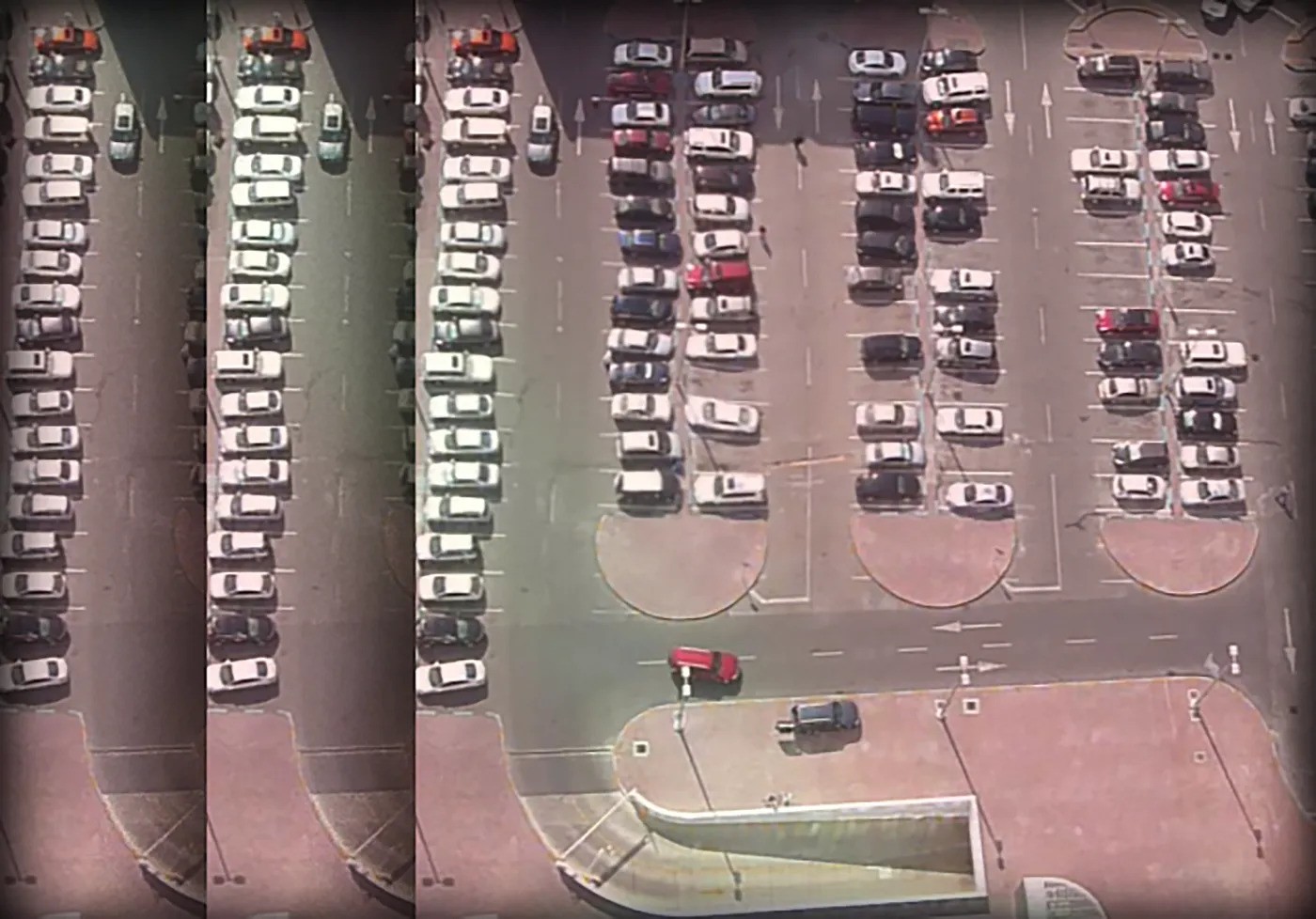
J. MCCOY Those were also the years we were living in Abu Dhabi. Try living in a non-democratic country and it becomes clear why you’d start thinking about questions like “Is there a different kind of money, is there a different kind of non-governmental project?”
MYERS On an intellectual level I realized that I had pretty much missed the entire point of that whole net art scene, so I was prepared to recognize interesting things when they came up in future. That was my mindset when I first came across crypto.
In 2011 I made a blog post saying I would be the world’s first Bitcoin artist. I said, “Send me a Bitcoin and I will send you a Bitcoin drawing.” Someone actually emailed me and said, “Okay, how do we do this?” I didn’t end up doing it because I thought it wouldn’t cover the postage. So that’s how I missed out on what is now probably around 60,000 USD, because I was worried about stamps.
After that I bought some Bitcoin when I think it was about 30 USD per Bitcoin, and lovingly hand-assembled some transactions in Python. And that was how I found out about change addresses, because I sent a tiny bit of Bitcoin between addresses and then the rest of my Bitcoin to whoever mined that block. So it wasn’t an auspicious start for me.
But when I got to Vancouver in 2013, the cryptocurrency scene there was so vibrant and I recognized the excitement. All these people in damp basements with fire in their eyes saying this was going to change the world.
K.MCCOY It’s amazing and how little the scene has changed in the ten plus years that we’ve been doing it, right? It’s still the utopian rhetoric. It’s still the world transformation mindset—and we’re going to get rich doing it. Rhea, you’ve talked about Richard Barbrook and Andy Cameron’s “The Californian Ideology”—that term was so prevalent in my mind in this early moment of Bitcoin. It was this kind of pure form of “The Californian Ideology” which is hippie meets tech libertarian.
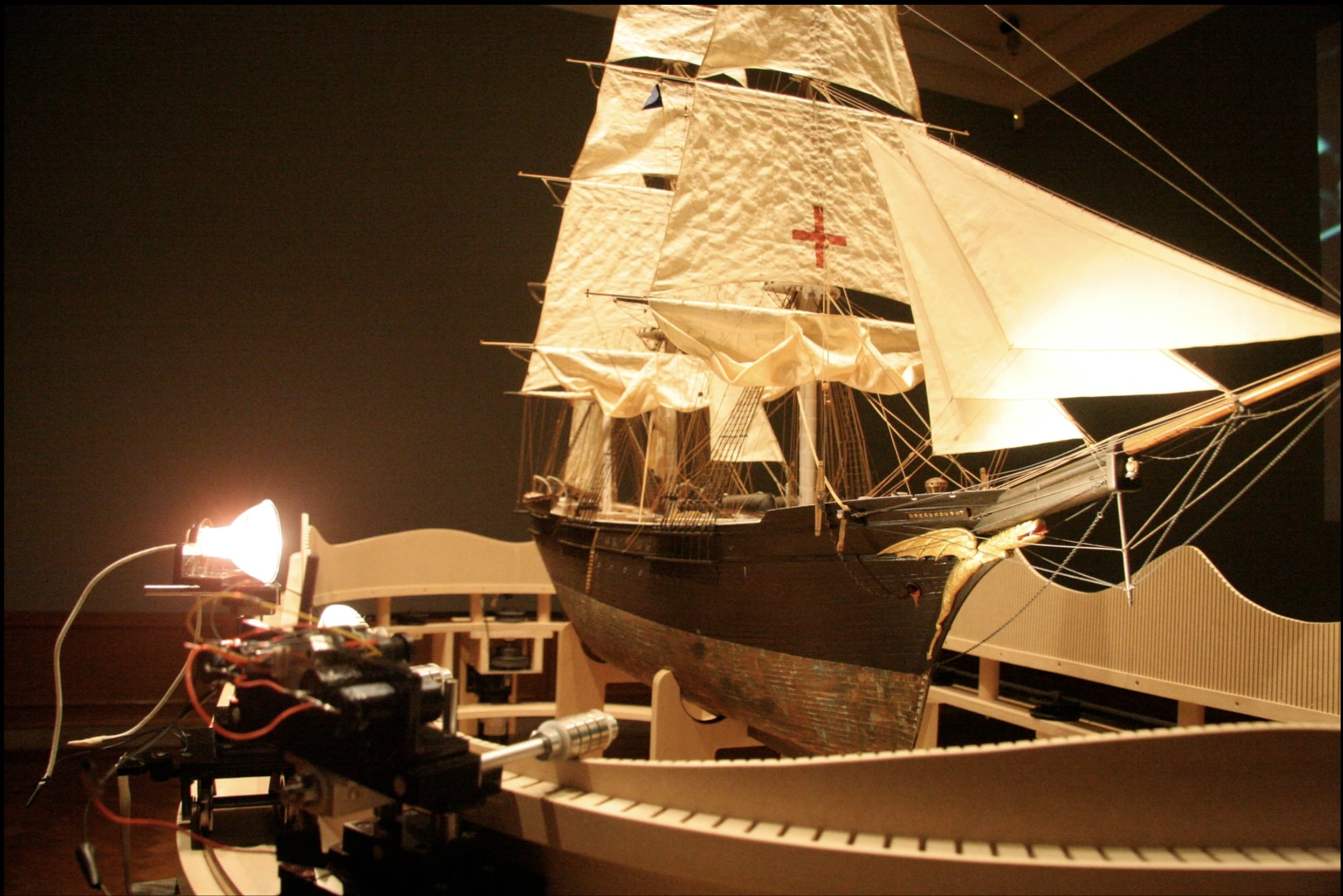
MYER Yeah… I describe it as an aesthetic of sharing with an ethic of enclosure. It’s like, “Yay, we’re all friends, let’s change the world, make everyone better, and you’re paying me to do this.”
In those damp basements of the early crypto scene in Vancouver, I remember they had milk-crate mining rigs. That was the way that you mined Bitcoin or possibly Dogecoin at the time. You got literal plastic milk crates, put a PC motherboard in there, and then zip-tied the GPUs to the edges so that you had air circulating. There was this spectacular folk engineering-slash-vernacular techno aesthetic that I love that you just don’t get any more because people have found much more elegant ways of mining.
K. MCCOY It’s funny because we had a lot of pieces across the 2000s that involved computer hardware where we built self-assembled machines as part of sculptural works. They remind me of those hardware build-outs for mining equipment.
Even at that time people were complaining about Bitcoin being wasteful in its energy usage and without utility or being useless. It reminded me of my favorite tongue-in-cheek definition of art is that it is defined by its inutility. So I thought rather than “wasting electricity” on zeros, we could “waste it” on making art.
MYERS Some of my earliest crypto-related projects, like Facecoin (2014), weren’t actually on-chain. That was me working out how the technology works. It’s a complete toy blockchain in your browser, which is functionally useless except for the extent to which it helps you to understand the—then very novel—idea of proof-of-work. To make it interesting to an art-world observer, rather than using Bitcoin’s proof-of-work system where you are searching for successively longer and incredibly unlikely strings of zeros at the start of a very long effectively random number, it uses face recognition software.
My on-chain stuff started with Proof of Existence (2014). That was a very current phrase at the time. The idea was that you could take the cryptographic hash—an unguessable but stable numeric identifier for a bit of data like a document or a photograph or some other incriminating information—and place just the hash in the blockchain. Then later on you would be able to prove that this data had existed at this time. I used my 23andMe genome report, which I now very much regret having done. But I took the hash of my genome and placed that in the Bitcoin blockchain using some handcrafted transactions (with a change address this time!), and took this as proof that if not me then someone with the same genome as myself had existed since at least early 2014.
The objections are the point. That’s the point of the artwork—this doesn’t work. Let’s think about why not. I followed that work up with the hash of the word “God,” placing it on the blockchain to prove that if God had not existed prior to this moment then They existed from some time in early 2014. I’m a very boring atheist. This was not an attack on anyone in any direction. It was just a useful philosophical work.
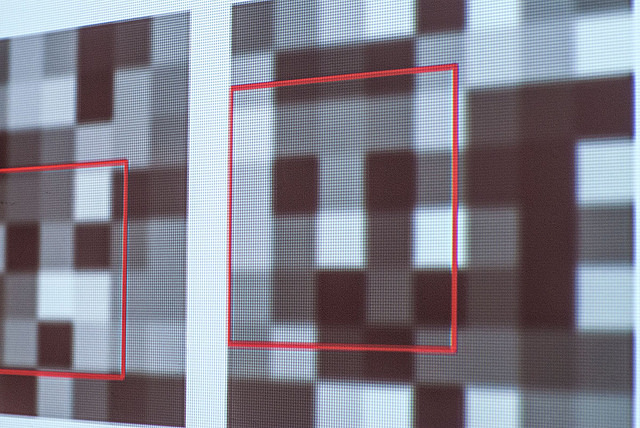
K. MCCOY One of the genius aspects of your work is how it operated in this extremely limited environment that these early systems presented. There was very little surface area to do things with.
My first experiment was in 2013 using Ripple and XRP, as it’s called now. Early on you could use Ripple to create subcoins with a three-letter name because they were modeling themselves on currency, like USD. And so I thought, let’s make one called ART. I created a hundred of them and I had an idea that I would use the tokens to represent this set of pictures I’d made as part of my MFA thesis. I did some transfers internally between wallets in the studio, but never released it because I thought, “Do I really want to give these things away? I think I would rather have the pictures than the tokens.” The idea fizzled and that whole capacity of Ripple got shut down in an early SEC action. It was one of the first times I can remember the SEC cracking down on crypto projects.
Then later that year I was reading the Bitcoin white paper and really making an attempt to understand how digital scarcity worked. From that I had a simple idea: could digital uniqueness be applied to a digital artwork? Could a digital artwork be unique in the same way that a Bitcoin is unique—and if so, what would that look like? That was the question that was driving me at the end of 2013. That research started a whole process with Rhizome, whose director Michael Connor knew that I was thinking about these ideas and said, “Why don’t you bring this to Seven on Seven?”
The conference, where Anil Dash and I presented Monograph, became the deadline—I had to get my ideas in shape in time for that.
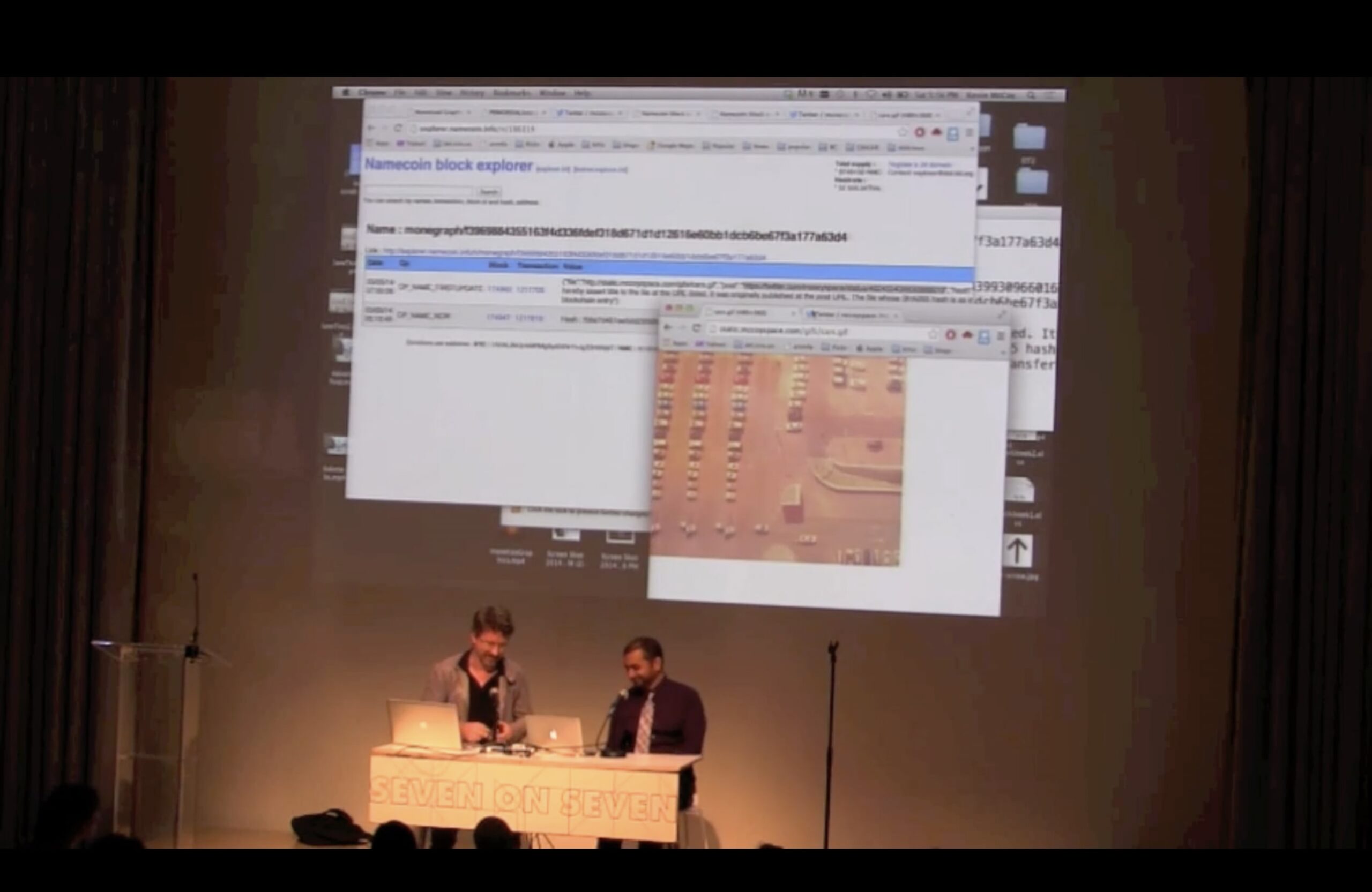
MYERS For me the genius of Monegraph was that it made a system from the available technology, rather than saying “Hey, in a few years’ time this might be possible”—which is what I was doing. You’re like, “Let’s make this happen. How do we do that?” And as I’ve said to you before, at the time I thought it was brilliant and wondered how I could steal from it. And the thing I stole was representing the work as a hash.
J. MCCOY I’m fogging on the timeline… Kevin, when was it that we were talking to artists for the show we curated at Spring/Break? Because I remember making cute certificates of authenticity in plexiglass and hanging them next to video screens and people having absolutely no one know what the hell it was.
K. MCCOY That was in 2015, after Seven on Seven. For the 2015 Spring/Break Art Fair we made Counterparty tokens for the works that we curated and then made laser-cut paper wallets with a QR code and a Counterparty or Bitcoin address. The conceit was that the private key was on another laser-cut layer. The two layers were glued together and if you popped it apart you knew the private key had been revealed. But no one knew what we were talking about.
J. MCCOY I remember people asking and it was the first time that I felt people were like, “Wait a minute I’ve heard something about this, tell me more…” I remember you being mobbed by forty people at that show and I couldn’t see your head anymore. So I do think that was the beginning of some kind of pile-on.
K. McCoy I think Rhea’s DEMO DAY (2017) coin was a great related example of bringing a token as an artwork to an exhibition and then using the mechanism of a paper wallet as both the display and the distribution mechanism. They were shown here in Brooklyn, at Kunstraum LLC. As I recall you weren’t able to come out to the show. I was at the opening, helping a very confused curator understand what it is that they needed to do to print these wallets out.
Myers Yes, I’m very grateful to you for that. It was a logistical nightmare creating these paper wallets and sending them by Canada post.

K. MCCOY We have two or three of them. I have never moved them from the original address. So I’ve got the paper wallet still.
MYERS What’s interesting to me about this whole period is that there were all these early systems that people were getting excited about. When Counterparty came out in 2014, people burned a couple of thousand Bitcoin to get the XCP token in return. I’m sure some of them are wishing they’d spent the money on making a time machine to go back and tell themselves not to do that, but it was an amazing system.
So you have these early systems—like Counterparty, and Namecoin, and the Colored Coins system, which I don’t think either of us used. I used Dogeparty but that then shut down very quickly and so I recreated things on Counterparty. The reason I mention all of this is that with the benefit of hindsight, once Ethereum and ERC-721 was a thing, you have this inevitable history. All the other Bitcoin and Dogecoin-based token systems were, looking back, much more limited. But at the time we didn’t have the concepts to pick the winners with.
K. MCCOY Definitely, and it was so interesting for me to see the eventual winner—not just the tech platform but the model with Ethereum and ERC-20, then of course ERC-721, protocols that eventually broke the idea out into the mainstream. It’s amazing how little was actually needed.
In retrospect, the Monegraph system that I came up with initially was much more complex. It included things like having your identify verified by social media and a rights-based ownership model, all of which ended up going out the window with Ethereum. That just goes to show that the technology is marvelous and complex but these things are so dependenton social agreements and buy-in. If people want to do it and believe in it, and it works, and it’s good enough, that creates its own momentum.
That was really remarkable to see, and in looking back on it now, I think I had an overly literal conception of what would be required to create a unique, transferable record and to connect a digital artwork to it. My original idea was over-engineered compared to what ultimately happened.
J. MCCOY Maybe, but I also think that your approach came from art culture and net culture and thinking about Creative Commons and the idea of making a license so people can sell their work or remix it or edition it. Which is interesting because from an “information wants to be free” perspective, you get push back—like, why do you want digital property at all?—but really Monegraph operated on a whole spectrum of ideas about how media gets used and transferred and sold and remixed and reappropriated.
But then, Ethereum made a massive leap that was just about ownership, whereas I think Monograph had a lot of other more artist-facing aspects.
MYERS Yeah, and the digital property argument has resolved itself in one direction now with the CC0 tokens for what is effectively public domain art which is still “ownable” as an NFT. At that point, any objections to creating new forms of control over existing property go out to the window, because you’re clearly stating from the outset that what you’re representing is not the copyright or the ability to control the appearance or location of this intellectual property—it’s something else.
All the early stuff I did was very intentionally made so you couldn’t buy it. You couldn’t sell it. You couldn’t control it. That was the point of the work. I was very creatively fulfilled by that but less financially fulfilled.
K. MCCOY I think we all come from a generation when digital art had zero expectation of any financial reward whatsoever. It was where people went to avoid issues of commodification, and hide out from the market. It’s so ironic that it then became the site of the most commodified, the most capitalist version of art.
MYERS Yes—net art was an obvious precedent for crypto art. And so is conceptual art, which was initially resistant to commodification and consumption in the existing networks of exchange of the art world. But it was then very quickly recuperated by the art world as desirable property. So I wasn’t surprised by how quickly venture capital got its hooks into the scene. I was and continue to be delighted just that a tiny sliver of possibility for a stranger and more expansive art world has been maintained in the space.

K. MCCOY I think of Ordinals as like the return of the repressed—going back to Bitcoin, back to hashes on chain, back to unspent transaction outputs (UTXO) as the ownership modality. It’s a pushback against smart contracts in the Ethereum sense, it’s dialing things back ten years, even though it’s using new capacities that have been implemented in Bitcoin.
It’s interesting that the tech that it uses, namely the Segregated Witness architecture introduced in 2017, and Taproot scripts, have existed now for a few years. Casey Rodarmor, the developer who wrote the Ordinals protocol, was harnessing something that already existed maybe three or four years ago—and was certainly inspired by the explosion of NFTs in the Ethereum world.
I met Casey, and he told me about his ideas before the initial launch, but I didn’t engage with it until now. It was a question of having the right idea and thinking of how it could work. I think it’s an amazing platform for code-based work. There’s this genius hacker culture that is emerging, with people creating Ordinals of software libraries. Part of the rules of the game with Ordinals is that there’s no external reference, no off-chain reference. You can’t point outside of the Bitcoin blockchain, which is kind of an evil and hilarious constraint. But people have then said, “Okay, I’m going to put the p5.js library as an Ordinal” or “I’m going to put the Three.js library as an Ordinal.” What happens is that you can then reference those in your Ordinal using a technique called recursion.
So I think us making Brancher (2024) was a function of the timing of the ecosystem which, with inscribed javascript libraries and recursive inscriptions, is in a great place now. The code came we wrote out of a studio tool that we had developed for our plotter work. The algorithmic tree construction code was something that we had already made, and we could just tweak it to be a stand-alone animation. That became our first inscription.
J. MCCOY Having it on Ordinals made sense. It doesn’t have a website that it needs to load or a platform that needs to be in existence. This is a strange thing to say, but it feels really tangible in terms of what a purely digital artwork can be. I also love that it comes out of all the other work we’ve been doing over the past few years with trees in photography and plotters.
All in all, it was a great opportunity. We want to do more.
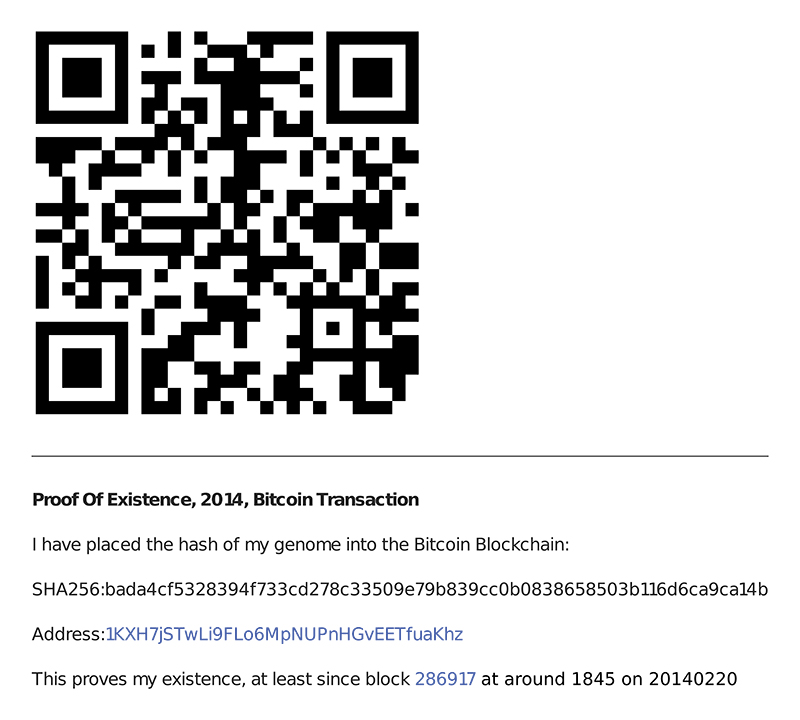
MYERS And that everything must be on-chain, it’s sort of a solution to the Blockchain Oracle Problem, which is that you cannot refer to off-chain truth on-chain with anything near the certainty with which you can refer to on-chain truth. This rather cruel split is very much what I was playing with in Proof of Existence.
Going all in on on-chain resolves that. I think it’s a much better expression of blockchain culture than attaching right-click-savable jpegs to a smart contract in an arbitrary relationship. So yeah, I love your description of this as the return of the repressed. It reminds me of Colored Coins, too.
K. MCCOY You and I have joked many times on Twitter about TX ID or it didn’t happen.
MYERS But it’s robust. The thing about Bitcoin is that it’s an engineering project and an infrastructure project that moves very slowly compared to Ethereum because it knows how load-bearing it is, how many billions of dollars of value rest on it.
I also vastly prefer UTXO to a database updated by transactions.
K. MCCOY I think the UTXO-based ownership model is closer to the naive and intuitive understanding that people brought to NFTs when they were first learning about them in 2020 and 2021. Back then you had to flip that initial understanding around, and explain to people that it’s a smart contract and your ownership is a specific field in that smart contract. People don’t have the same level of intuitive engagement with that model. I think that’s one of the reasons for the success of the Bitcoin Ordinals system—it correlates to people’s intuitive understanding of digital ownership.
—Moderated by Gabrielle Schwarz
